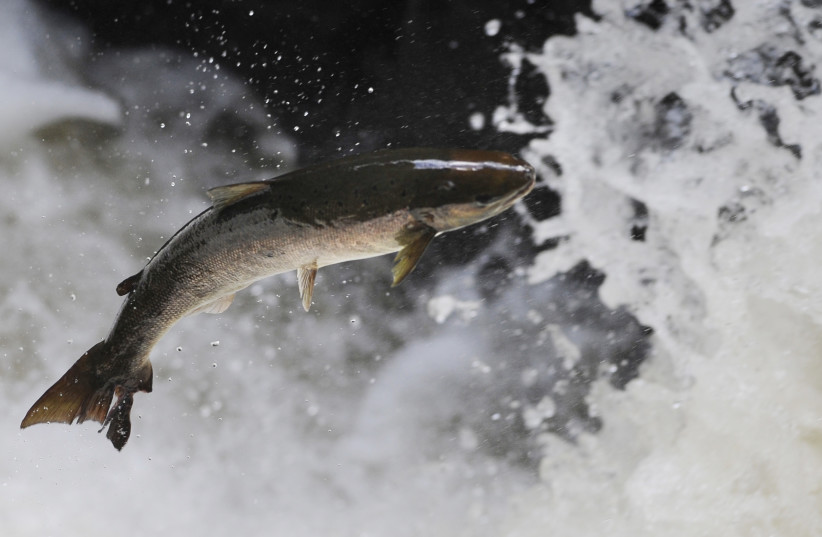A study led by researchers at Simon Fraser University (SFU) in British Columbia, Canada found that melting glaciers in the North American west coast could produce over 6,000 kilometers (over 3,700 miles) of new salmon habitats by the year 2021.
By modeling the melting rate of existing glaciers in the pacific west coast under different climate change scenarios, researchers identified 315 glacier mountains that had adequate conditions to become future salmon habitats, predicting roughly 6,150 km of potential new salmon habitat by 2100 – a distance nearly equal to the length of the famed Mississippi River (6,275 km).
The study, which was published Tuesday in the peer-reviewed scientific journal Nature Communications, brings to light some of the challenges that salmon populations around the world will face as the climate continues to change.
“Climate change and other human impacts continue to threaten salmon survival—via warming rivers, changes in stream flows, and poor ocean conditions,” says SFU spatial analyst and the study’s lead author Kara Pitman.
“Climate change is rapidly transforming ecosystems... If we want to protect salmon futures, this information should inform environmental decision-making and habitat protection,” added SFU biology professor and paper co-author Jonathan Moore.

While among the worries for local ecosystems, the expansion in the living territory is not entirely bad for the local salmon population. “This amount of new salmon habitat will provide local opportunities for some salmon populations,” says Pitman.
“It’s a common misconception that all salmon return home to the streams they were born in. Most do, but some individuals will stray—migrating into new streams to spawn and, if conditions are favorable, the population can increase rapidly,” Pitman added. An example of this phenomenon is the late-1970s glacial retreat of Stonefly Creek in Glacier Bay, Alaska, where a new salmon habitat spawned in the conditions made possible by the melting of the glacier. Within ten years, the Stonefly Creek habitat numbered over 5,000 salmon.
“We predict that most of the emerging salmon habitat will occur in Alaska and the transboundary region, at the British Columbia‒Alaska border, where large coastal glaciers still exist,” Pitman explains. “We can’t just protect current-day habitat for species but need to consider what habitats they might rely on in the future.”
